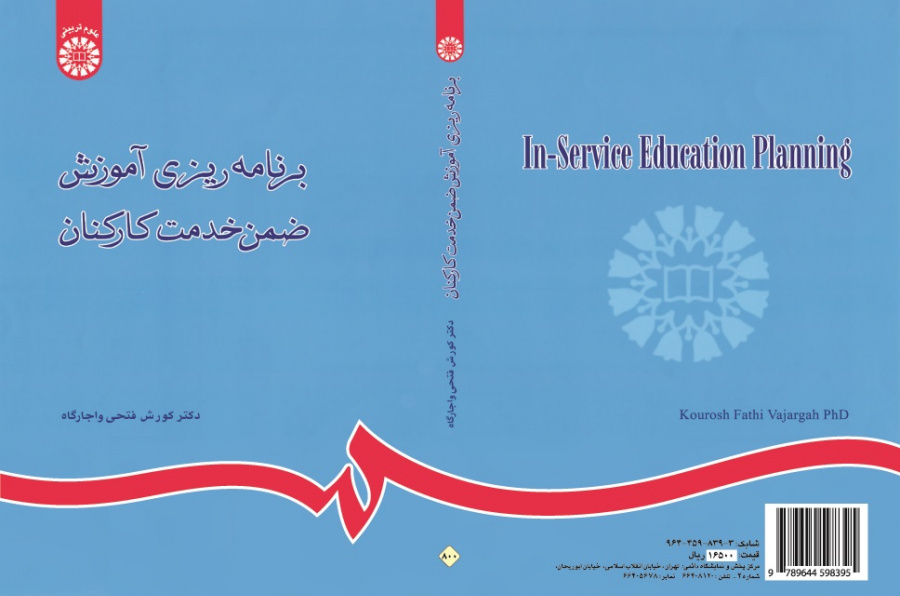

In-Service Education Planning
Studying the formation and transformation of human institutions reveals that in the past, due to the simplicity of societies and limited technology, the structure of institutions and their functions were minimal too. Therefore it was possible to become ready for a job in a short while through a master-apprentice training. However, with transformations occurring in different dimensions of human life, especially after the industrial revolution which modified jobs and professions, apprenticeship lost its ability to provide individuals with incumbency requirements.
Transformations achieved via inventions, innovations and developments hugely influenced our life and institutions as socially rooted bodies which had to follow suit. Therefore, institutional structures moved from simplicity and homogeneity towards complexity and multifariousness and their related duties and functions became intricate. In such a situation getting ready for a profession requires a long time of specialized education and hence training the staff found its place in different jobs finally.
In the contemporary world, more than any other time, the existence and survival of institutions depend on the equanimity between methods at work in an organization and meta-institutional changes and transformations. What managers and educational programmers agree on is the importance of the effective use of on-the job training as the key to this equability. The significance of this composure and also understanding the necessity of training staffs has led to a situation in which almost all organizations have a especial division for on-the job training of the staffs.
This book is in two parts and eleven chapters. In the first part titled “General Points and Basic Principles of In-service Education Planning” meaning and limits of on-the job training, a history of on-the job training, basics and aims of on-the job training, models of on-the job training, on-the job training systems, and workings of on-the job training are studied. The second part addresses “The Process of In-service Education Planning”. In this part evaluation of the needs for on-the-job training, producing and constructing a plan for action, performing on-the job training, evaluating the programs of on-the job training, and the problems of on-the job training in Iran (challenges and solutions) are addressed.
There are images and tables in the book.
Compiled for the students of educational science as a textbook for a course in “IN-service Education Planning”, this book addresses the basic principles of in-service education of the staff and the process of in-service education.





